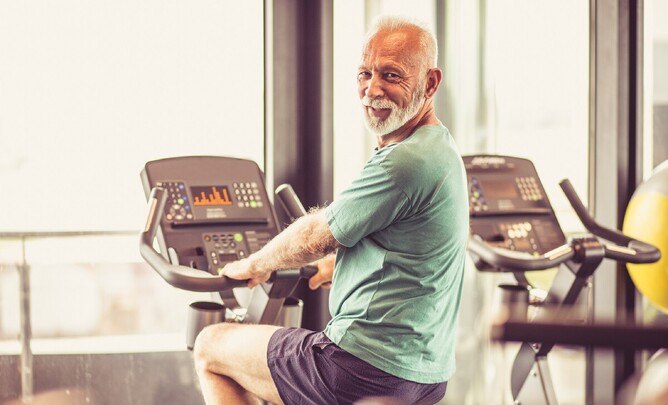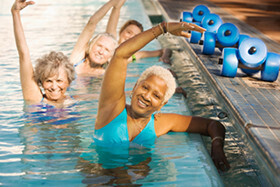As we age, there often comes a period of time where we begin to experience unprovoked pain, discomfort or swelling in our joints primarily in the knees, hips, fingers and toes. This can often be a sign of Osteoarthritis (OA).
Current perception
For years we have been told that arthritis is just a result of the ageing process and is something we should expect as we get older. The good news is, this is not necessarily the case! There are a number of ways we can prevent the development of OA, or at the very least, slow down the progression and severity of symptoms.
What is OA? What is the cause and symptoms?
Osteoarthritis is characterised by chronic joint inflammation and pain that is often located in the knees, hips, toes and fingers. If it is left untreated, over time it can lead to degeneration of cartilage, ligaments and bone that can cause disability and weakness. The cause of arthritis is relatively unknown however it is thought that a number of risk factors may play a role such as: significant trauma or injury to the joint, family history, obesity, repetitive movements under significant load or disuse.
The role of exercise
We now have access to overwhelming evidence advocating for exercise in the prevention and management of OA. Exercise is anti-inflammatory in nature, therefore helps to reduce some of the painful, inflammatory aspects of OA. Strengthening muscles around joints, particularly joints with OA, helps to distribute loads evenly through the joint and improves movement patterns, therefore limiting asymmetrical cartilage wear. If you are overweight, studies have shown that as little as a 5% reduction in body weight can improve functionality and reduce pain levels.
Exercise recommendations
It is recommended that those with arthritis undertake low impact, regular exercise for approximately 150-300 minutes a week. This may sound like a lot, but when you break it down, 30 mins a day completed all at once or in 5-10min increments is all you need! The easiest part about this is that the type of exercise you do is completely up to you! It can be things like walking, weight training, gardening, tai chi, lawn bowling, DIY projects, bike riding or even general house work. The main message here is to get moving regularly! Doing as little as 6000 steps a day can also reduce symptom severity and improve function in those with lower limb arthritis.
Know your symptoms, listen to your body
It is only natural to have days where you may not feel great or your symptoms are worse than usual. It is important to listen to what your body is telling you and tone it back if you have to, remove yourself from activities that may be aggravating your symptoms and instead try something a bit more therapeutic like some light stretching or yoga.
If you are still unsure of how to start exercising with arthritis come and see us at our Queanbeyan or Fyshwick clinics and we can help you out!

